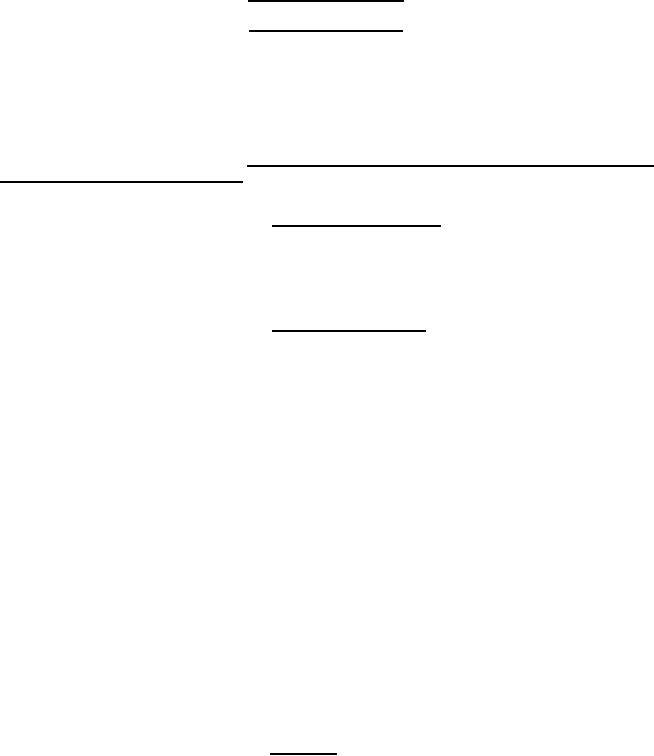 |
|||
|
|
|||
| ||||||||||
|
|  MIL-D-81347C(AS)
3.5.1.4.4
Universal Keyset Logic
3.5.1.4.4.1
Functional Description -The Universal Keyset Logic (UKL) is an
interface unit between a Universal Keyset and the computer (via the Digital Input/Output Multiplexer).
There will be three Universal Keysets in the DPS. The Navigation/Communication operator has a
Universal Keyset at his disposal. Each of the two Acoustic Sensor Operators (Sensor Stations 1 and 2)
has a Universal Keyset at his station. A Universal Keyset and Universal Keyset Logic permit an oper-
ator to enter information into and receive information from the computer program. Figure 11 shows
the location of switches on the Universal Keyset. Figure 12 is a functional flow diagram of the Univer-
sal Keyset Logic.
3.5.1.4.4.1.1
Operation of Universal Key set and Universal Key set Logic in
Conjunction with Computer Program - The switches on the Universal Keyset may be divided into four
categories of operation:
(1) Matrix Readout Switches - The Matrix Readout switches are
Shelly Readout Switches ROS -500 or equivalent. A Readout switch combines the features of a push-
button momentary action switch and a rear projection readout device. The switch is mounted on the
Projection Readout (PRO) in such a way that the switch may be actuated by depressing the viewing
screen of the PRO. For the Universal Keyset application, each PRO may display up to nine messages;
eight will be function messages and one message will be a colored background.
(2) Matrix Select Switches - The Matrix Select switches control
the illumination of function messages on the Matrix Readout switches. The Matrix Select switches are
physically operated as independent momentary action switches. Each Matrix Select controls the illu-
mination of one combination or group of function messages on the Matrix Readout switches. The func-
tion messages in each of the eight combinations are related and when considered collectively, they
form a Function Group. The Function Group or combination of function messages, which will be dis-
played by the depression of a Matrix Select, is described by the switch legend. When a Matrix Select
switch is depressed, the UKL will detect the depression of the switch and transmit a code identifying
the depressed switch to the computer via the DIM. The code indicates to the computer program what
Function Group is to be displayed on the Matrix Readout switches. The computer program will re-
spond by transmitting a word to the UKL via the DOM. The word will contain an identifier code and
respond by transmitting a word to the UKL via the DOM. The word will contain an identifier code and
the 4-bit code which specifies the particular combination of function messages to be displayed on the
Matrix Readout switches and the Matrix Select switch to be lit, Once a Matrix Select switch is de-
pressed, the function messages associated with the switch are displayed until another Matrix Select
switch is selected.
Depression of a Matrix Readout switch will result in the computer
implementing the function currently being displayed on the viewing screen of the switch. The computer
program may display the colored background message on any of the Matrix switches at the same time
that any one of the function messages is being displayed. The computer program will utilize this light-
ing capability to indicate when a function is active; i.e. , a function message displayed against an opaque
background for a non-active or momentary function; a function message displayed against a colored
background for an active function. The computer may illuminate or extinguish the colored background
on a particular Matrix switch by transmitting an appropriately coded output word to the UKL via the
DOM. Depending upon the coded word, the UKL will either set or reset the flip-flop which controls the
illumination of the PRO.
(3) Keyboard - The switches labeled 20 through 28 represent
numerics 1 through 9 respectively and switch 2 9 represents numeric 0. Using the keyboard, the
operator may enter up to a 3-digit number into the computer program. Projection Readouts 7 through
9 are used by the operator to verify the number. The depression of a numeric switch results in the
computer receiving an input word, identifying the depressed switch from the UKL via the DIM. The
computer program will respond by transmitting a word to the UKL via the DOM. The word will cause
the display of the numeric on PRO 9. If another numeric switch is depressed, the computer will
transmit two successive output words which will cause the first numeric depressed to be displayed on
PRO 8 and the numeric, currently depressed, to be displayed on PRO 9. Similarly, if another numeric
is depressed, the computer will output three words which will cause the first numeric to be displayed
on PRO 7, the second on PRO 8 and the third on PRO 9. If more than three numerics are depressed
37
|
|
Privacy Statement - Press Release - Copyright Information. - Contact Us |